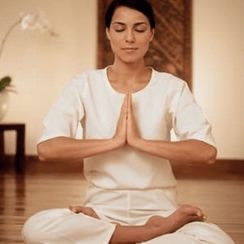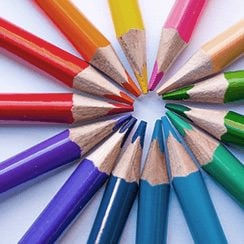The Caravan Magazine - December 2025

Go Unlimited with Magzter GOLD
Read The Caravan along with 10,000+ other magazines & newspapers with just one subscription
View CatalogSubscribe only to The Caravan
Cancel Anytime.
(No Commitments) ⓘIf you are not happy with the subscription, you can email us at help@magzter.com within 7 days of subscription start date for a full refund. No questions asked - Promise! (Note: Not applicable for single issue purchases)
Digital Subscription
Instant Access ⓘSubscribe now to instantly start reading on the Magzter website, iOS, Android, and Amazon apps.
Verified Secure
payment ⓘMagzter is a verified Stripe merchant.
In this issue
The Caravan is a literary magazine dedicated to politics, culture, art and literature. Modeled on the narrative style, it focuses largely on domestic and international politics and social issues. Targeted at the curious mind, the magazine tells interesting and important stories through rich, detailed, insightful reporting and smart commentary.
The Caravan Magazine Description:
The Caravan Magazine is an Indian English-language, long-form narrative journalism magazine covering politics and culture. It is published by the Delhi Press Group.
The Caravan is known for its in-depth reporting, investigative journalism, and literary criticism. It has published a number of award-winning articles and essays, and has been praised for its commitment to independent journalism.
The magazine's coverage includes a wide range of topics, including politics, economics, social justice, culture, and the arts. It has published articles on a variety of controversial and sensitive issues, such as the rise of Hindutva, the Kashmir conflict, and the plight of Dalits.
The Caravan is a must-read for anyone who wants to stay informed about the latest news and developments in India. It is a valuable resource for journalists, academics, students, and anyone who is interested in politics, culture, & society.
Recent issues

November 2025

October 2025

September 2025

August 2025

July 2025

June 2025

May 2025

April 2025

March 2025

February 2025

January 2025

December 2024

November 2024

October 2024

September 2024

August 2024

July 2024

June 2024

May 2024

April 2024

March 2024

February 2024

January 2024

December 2023

November 2023

October 2023

September 2023

August 2023

July 2023
Related Titles

Hindustan Times

The Free Press Journal

The Statesman

Millennium Post Delhi

Hindustan Times Mumbai

Hindustan Times Bengaluru

Hindustan Times Pune

Hindustan Times Chandigarh

Hindustan Times Gurugram

Hindustan Times Lucknow

Hindustan Times Patna

Hindustan Times Noida

Hindustan Times Jaipur

Hindustan Times Ranchi

Hindustan Times East UP

Hindustan Times Navi Mumbai

Hindustan Times Ludhiana

Hindustan Times Uttarakhand

Hindustan Times West UP

Hindustan Times Haryana

Hindustan Times Amritsar

Hindustan Times Rajasthan

Hindustan Times Punjab

Hindustan Times Jammu

Hindustan Times Thane

The Daily Guardian

The Sunday Guardian

Mint Ahmedabad

The Statesman Delhi

First India Jaipur





























